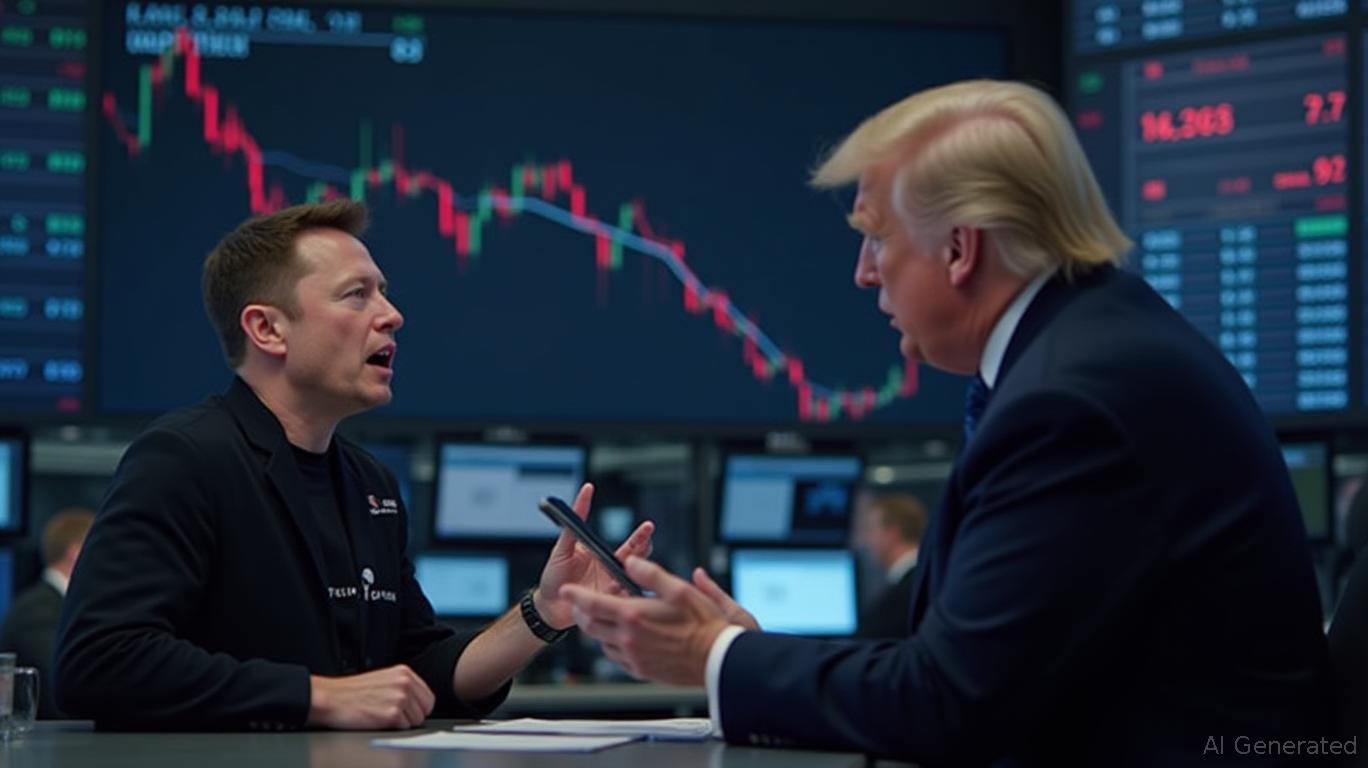Bitcoin's Price Now Driven by Liquidity, Not Halving Cycles
The traditional four-year Bitcoin cycle, historically driven by halving events, is losing its significance. The market is now more influenced by liquidity, which has become the primary driver of Bitcoin's price movements. This shift is evident as Bitcoin's price dynamics are increasingly shaped by broader economic factors rather than the cyclical patterns that have previously dominated its market behavior.
Historically, the Bitcoin cycle consisted of four distinct stages: a bear market, followed by an accumulation phase, then a bull market, and finally, the euphoria phase. However, recent market trends suggest that this cycle is becoming less predictable. The anticipated post-halving bull market has not materialized one year after the Bitcoin halving event, indicating a change in market dynamics.
Bitcoin has outperformed altcoins due to a shift in investment flows. Institutional investors and Bitcoin ETFs are now leading the growth, leaving altcoins behind. Retail investors, who previously drove the demand for altcoins, now primarily focus their attention on Bitcoin, alongside growing institutional support for Bitcoin ETFs and increased involvement from institutional investors.
Global liquidity has surged to unprecedented levels, adding $5.5 billion in the first quarter and potentially reaching a $12 billion increase for the entire year. This influx of liquidity is steering Bitcoin’s price, surpassing the impact of the traditional four-year cycle. The M2 money supply leads Bitcoin price movements by 10–12 weeks, and Bitcoin reacts to rising global liquidity through strong upward shifts. This supports the notion that liquidity functions as the primary market influence, rather than being driven by periodic cycles.
Current market dynamics indicate a shift away from previous predictable patterns. The upcoming price behavior of Bitcoin is likely to be influenced by global liquidity patterns and institutional funding activity rather than by recurring four-year cycles. The growing liquidity will drive Bitcoin prices upward, thus proving that external factors matter more than halving cycles for market performance.
Ask Aime: "Is the traditional Bitcoin cycle losing its significance, and how is liquidity affecting Bitcoin's price dynamics?"




_ed38e36c1749214633312.jpeg)






